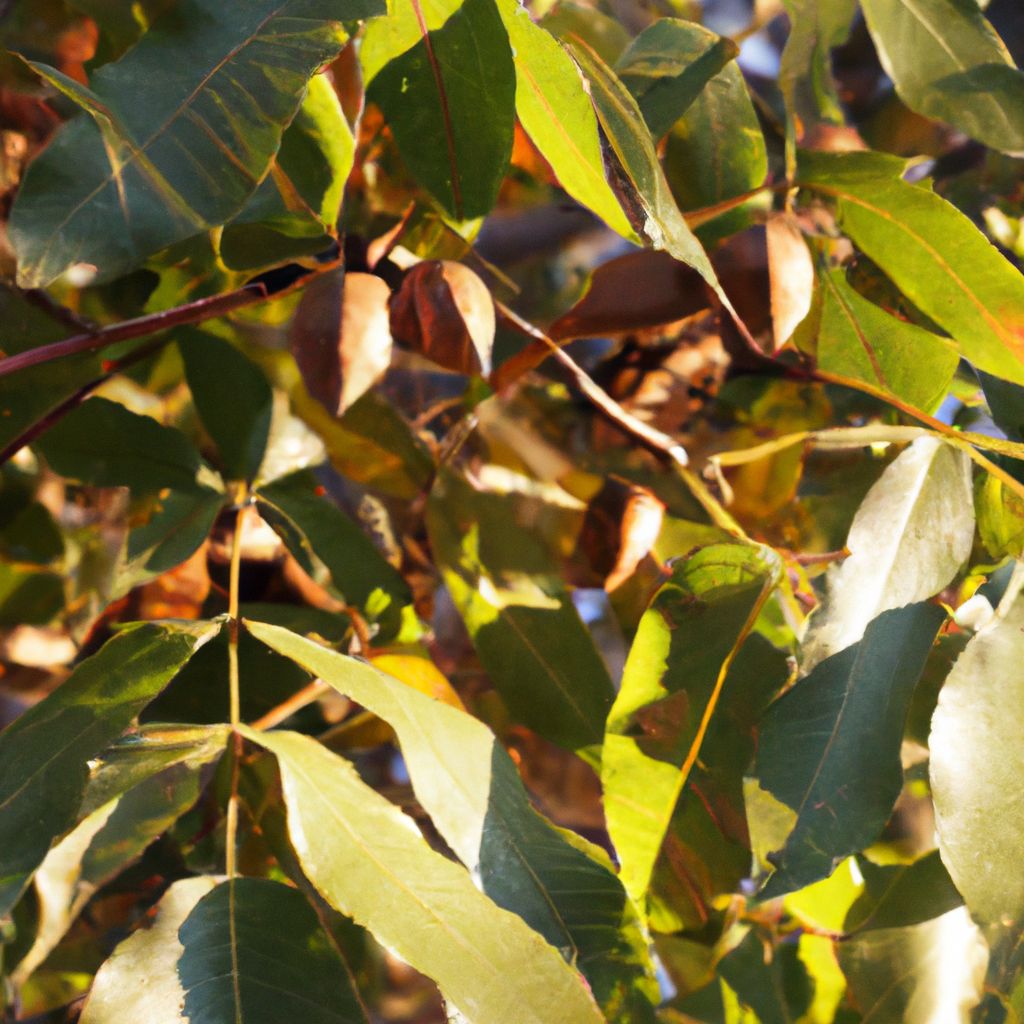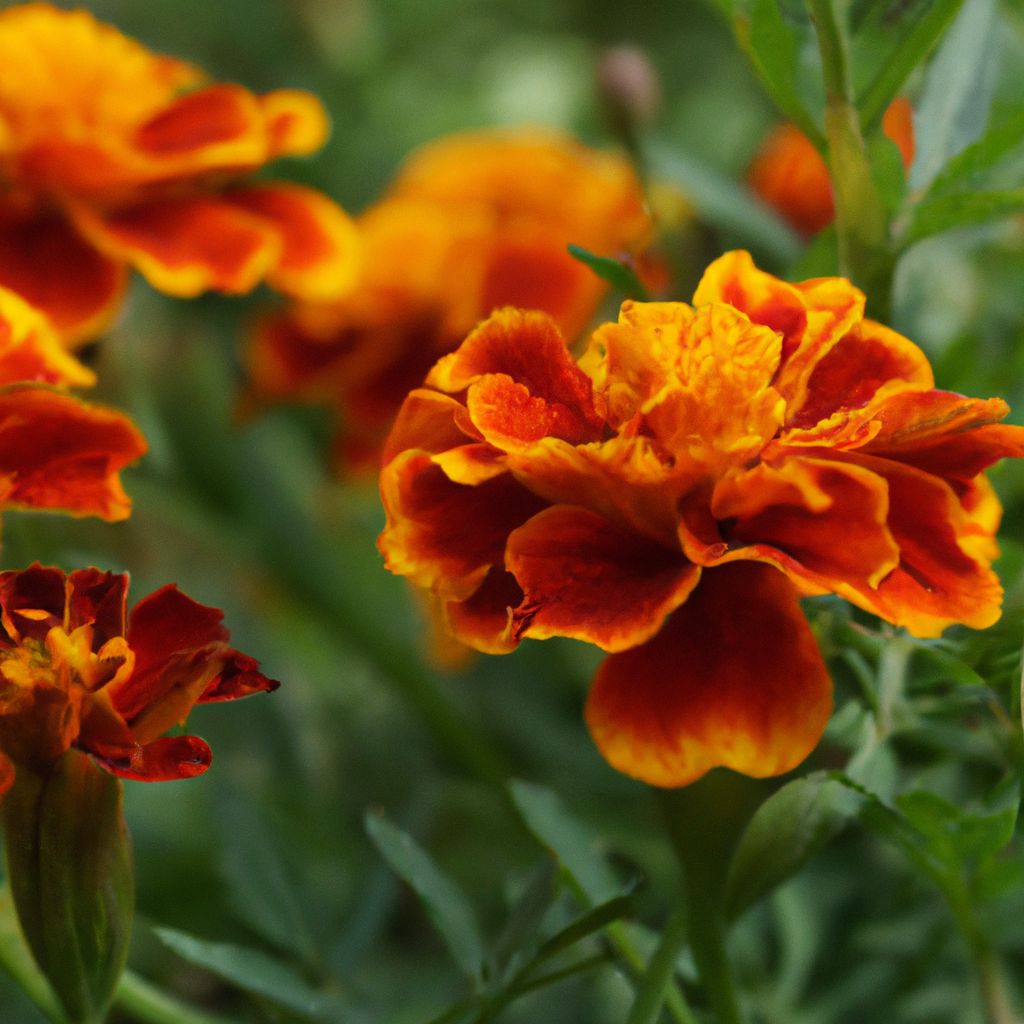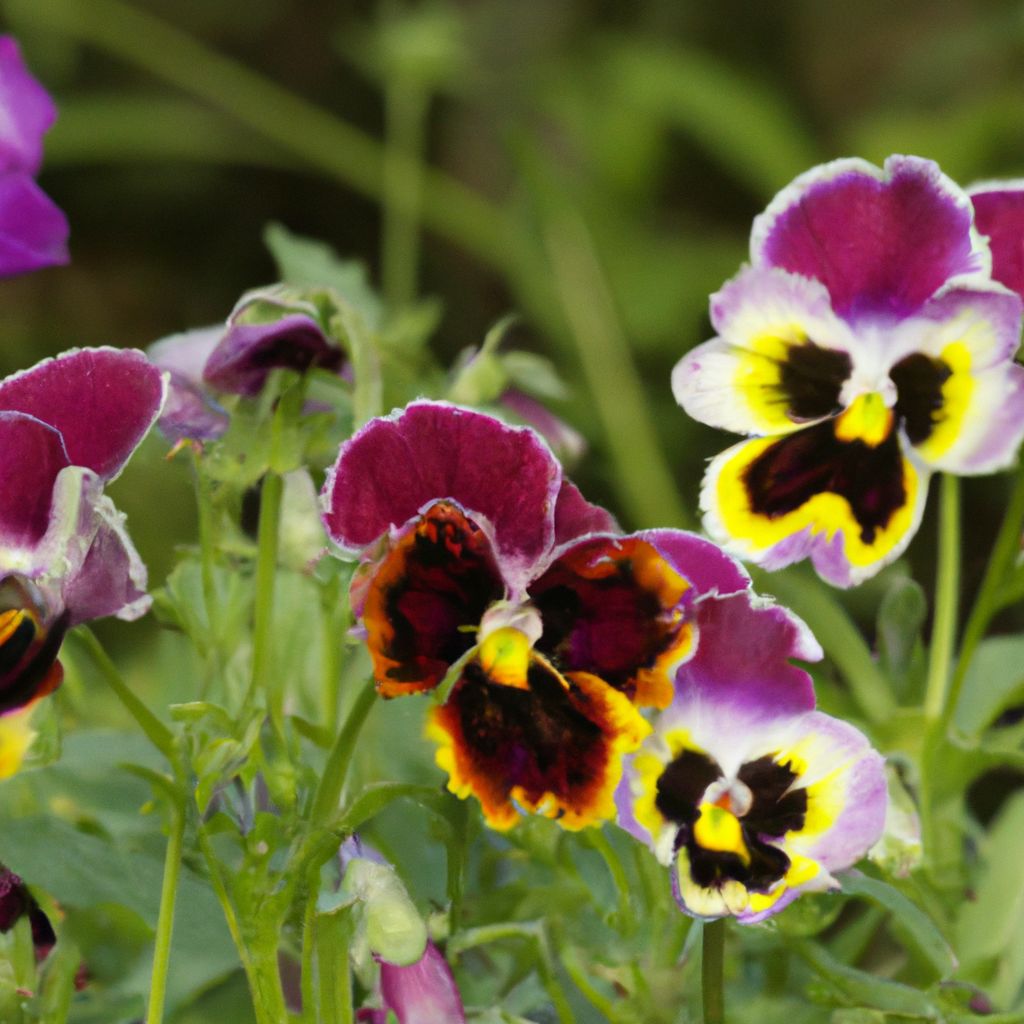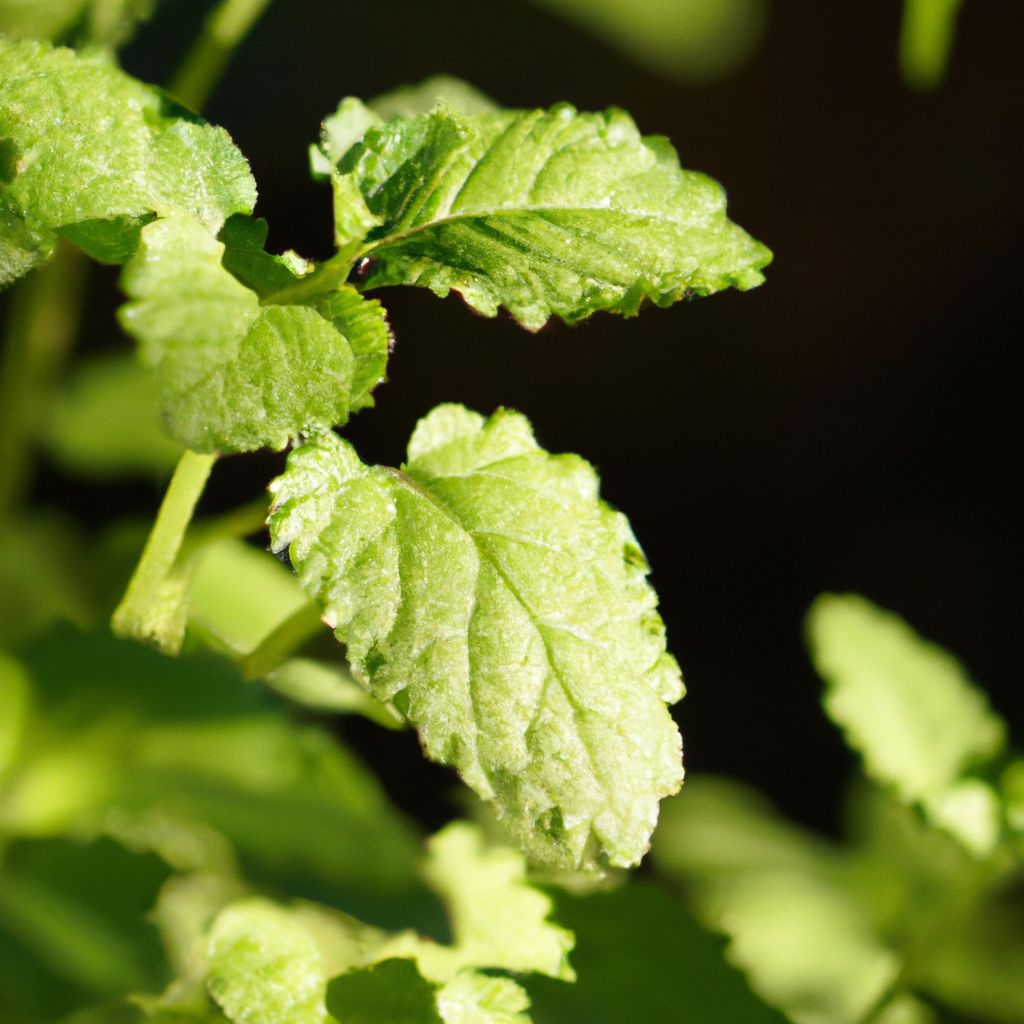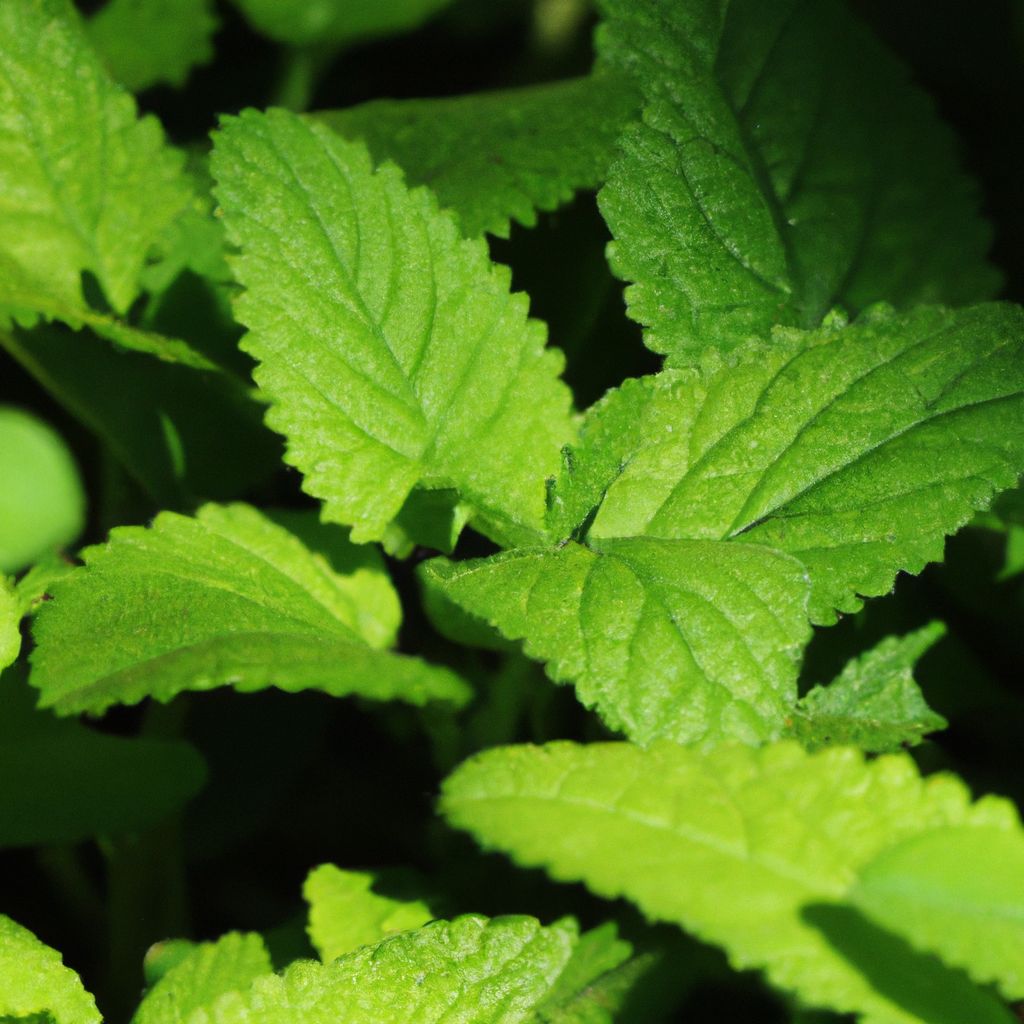Imagine the joy of harvesting fresh, homegrown pecans right from your backyard. Not only are these delicious nuts a nutritious addition to your diet, but cultivating pecan trees can also be a rewarding and enjoyable endeavor. Whether you’re a seasoned gardener or a beginner, this comprehensive guide will equip you with the knowledge and confidence to embark on a pecan farming journey.
Pecan Varieties and Selection Criteria
Choosing the Right Pecan Variety
Selecting the right pecan variety is crucial for a successful harvest. Here are some popular options:
- Desirable: Medium-sized nuts, large trees, yields 50-60 lbs/tree, requires 800-1000 chilling hours.
- Elliott: Medium nuts and trees, produces 60-70 lbs/tree, needs 400-500 chilling hours.
- Cape Fear: Large nuts, medium trees, yields 60-70 lbs/tree, requires 600-700 chilling hours.
- Pawnee: Medium nuts and trees, produces 40-50 lbs/tree, needs 400-500 chilling hours.
Factors to Consider When Choosing a Pecan Variety
When selecting a pecan variety, consider the following factors:
- Climatic Suitability: Choose a variety suited to your area’s temperature and growing conditions.
- Disease Resistance: Opt for varieties with good resistance to common diseases like scab and powdery mildew.
- Tree Size: Select a variety that fits your available space without overcrowding.
- Nut Quality: Consider your preferences for taste and size.
- Pollination Requirements: Ensure you have suitable pollinator trees nearby for cross-pollination.
Choosing the right pecan variety is essential for a successful harvest. Careful consideration of factors such as climatic suitability, disease resistance, tree size, nut quality, and pollination requirements will help you make an informed decision. Keep in mind that pecan trees are a long-term investment, so selecting a variety that thrives in your local conditions is crucial.
It’s also important to note that pecan trees require cross-pollination to produce nuts. This means that you will need at least two different varieties of pecan trees in close proximity to ensure proper pollination. When selecting varieties, consider those that are known to be good pollinators for each other and bloom at similar times.
Site Preparation and Planting
Preparing the Soil for Pecan Farming
Proper soil preparation is essential for healthy pecan tree growth. Follow these steps:
- Clear the area of weeds, rocks, and debris.
- Test the soil and make necessary amendments to achieve a pH between 6.0 and 7.0.
- Incorporate well-rotted compost or manure to improve soil structure and fertility.
- Ensure proper drainage by amending the soil with gravel or organic material.
- Apply a balanced fertilizer based on soil test results.
- Prepare planting holes deep and wide enough for the root system.
Preparing the soil for pecan farming is a crucial step that should not be overlooked. Pecan trees have specific soil requirements, and ensuring the right conditions from the start will set your trees up for success.
How to Test and Amend the Soil for Pecan Trees
To test and amend the soil for pecan trees, follow these steps:
- Conduct a soil test using a kit or send samples to a laboratory.
- Review the results for pH levels and nutrient deficiencies.
- Adjust the pH by adding agricultural lime or sulfur if needed.
- Address nutrient deficiencies by applying recommended fertilizers.
- Consider the soil composition and add organic matter or sand to improve drainage if necessary.
- Mix the amended soil thoroughly before planting.
Testing and amending the soil is an essential step in pecan farming. Pecans prefer slightly acidic soil with a pH range of 6.0 to 7.0, and ensuring the right pH level is crucial for nutrient uptake and overall tree health. Additionally, addressing any nutrient deficiencies identified by the soil test will provide the necessary nourishment for your pecan trees to thrive.
Planting Pecan Trees
When planting pecan trees, keep these points in mind:
- Choose a suitable location with well-draining soil and ample sunlight.
- Space trees at least 60 feet apart to accommodate their mature size.
- Dig holes deep and wide enough to accommodate the root system.
- Gently place the tree in the hole, ensuring the bud union or graft point is above the soil line.
- Backfill with soil, eliminating air pockets, and water thoroughly.
- Apply mulch around the base, leaving a gap around the trunk.
Proper planting techniques are crucial for the successful establishment and growth of pecan trees. Choosing the right location, spacing the trees appropriately, and following the correct planting procedures will give your trees the best start.
Best Time to Plant Pecan Trees
The ideal time to plant pecan trees is during their dormant season, typically late fall to early spring. This allows the trees to establish their root systems before the growing season begins.
Properly Planting Pecan Trees
Follow these steps to properly plant pecan trees:
- Select a suitable location with well-draining soil and ample sunlight.
- Test and amend the soil as needed.
- Plan tree spacing at least 60 feet apart.
- Dig holes deep and wide enough to accommodate the root system.
- Place the tree in the hole, ensuring the bud union or graft point is above the soil line.
- Backfill with soil, firming it gently around the roots to eliminate air pockets.
- Water the newly planted tree thoroughly to settle the soil.
- Apply mulch around the base, leaving a gap around the trunk.
Proper planting techniques are essential for the successful establishment and growth of pecan trees. By following these steps, you’ll give your trees the best start and set them up for a productive future.
Pecan Tree Care
Watering and Irrigation Tips for Pecan Trees
Proper watering is essential for pecan tree health and productivity:
- Water deeply but infrequently, about every 10-14 days, to promote deep root growth.
- During drought periods, provide about 1 inch of water per week.
- Use soaker hoses or drip irrigation to deliver water directly to the root zone.
- Water early in the morning to allow leaves to dry before evening.
- Monitor soil moisture regularly and water when the top few inches are dry.
Watering is a critical aspect of pecan tree care, and getting it right can make all the difference in the health and productivity of your trees. Pecan trees have deep roots and prefer infrequent, deep watering over frequent, shallow watering. This encourages the roots to grow deeper, helping the tree establish a strong foundation and access moisture reserves during dry periods.
It’s essential to water deeply, allowing the water to penetrate the soil to a depth of at least 2-3 feet. This can be achieved by using soaker hoses or a drip irrigation system, which delivers water directly to the root zone without wasting water through evaporation or runoff.
During periods of drought or high heat, it’s important to increase the frequency of watering to ensure that your pecan trees receive sufficient moisture. A general guideline is to provide about 1 inch of water per week, either through rainfall or supplemental irrigation.
Timing is also crucial when it comes to watering pecan trees. It’s best to water in the early morning hours, as this allows the leaves to dry before nightfall, reducing the risk of fungal diseases that thrive in damp conditions.
To ensure you’re watering correctly, it’s a good idea to monitor soil moisture levels regularly. You can do this by using a simple soil moisture meter or by inserting a long screwdriver or metal rod into the soil. If the soil is dry several inches down, it’s time to water.
Pruning and Training Pecan Trees
Pruning and training pecan trees is crucial for their optimal growth and productivity. To effectively prune and train your pecan trees, follow these steps:
- Begin pruning in late winter or early spring, before the buds start to break. This is the ideal time for pruning as it allows the wounds to heal before new growth begins.
- Start by eliminating any dead, diseased, or damaged branches. This will enhance the overall health of the tree.
- Next, remove any branches that are crossing or rubbing against each other. This will prevent future damage and improve air circulation within the tree.
- Thin out the branches to allow more light to reach the inner parts of the tree. This will foster better fruit development and reduce the risk of disease.
- Prune back the long, vigorous branches to encourage better branching and a more compact shape. This will assist the tree in maintaining a balanced structure.
- Consider the natural growth habit of the tree and prune accordingly. If the tree tends to have excessive vegetative growth, focus on reducing it. If the tree has a weak structure, concentrate on strengthening it by removing competing branches.
- Lastly, train the remaining branches to grow in the desired direction. Use stakes or training wires to guide the branches and promote a well-spaced and open canopy.
By following these steps, you can effectively prune and train your pecan trees to ensure their health, productivity, and longevity.
Proper pruning and training are essential for maintaining the overall health and productivity of pecan trees. Regular pruning helps to remove dead or diseased branches, improve air circulation, and encourage optimal nut production. Training the branches to grow in a desired direction not only enhances the tree’s structure but also ensures adequate light penetration and reduces the risk of branch breakage.
It’s important to remember that pruning should be done during the tree’s dormant season, typically in late winter or early spring before bud break. This timing allows the tree to heal and recover from the pruning cuts before new growth begins.
When pruning, start by removing any dead, diseased, or damaged branches, as these can harbor pests and diseases and weaken the overall health of the tree. Next, focus on thinning out the canopy to improve air circulation and light penetration, which can help reduce the risk of fungal diseases and promote better nut development.
As the tree matures, it’s also important to maintain a balanced structure by pruning back the most vigorous branches and removing any competing leaders. This will help prevent the tree from becoming overly dense or lopsided, which can lead to branch breakage or poor nut production.
Training the branches is another crucial aspect of pecan tree care. By using stakes or training wires, you can guide the branches to grow in the desired direction, creating an open and well-spaced canopy. This not only improves the overall appearance of the tree but also ensures that each branch receives adequate sunlight and air circulation, essential for optimal nut production.
Fertilizing Pecan Trees for Optimal Growth
To achieve optimal growth, it’s essential to fertilize pecan trees properly:
- Choose a balanced fertilizer specifically designed for pecan trees, such as 10-10-10 or 14-14-14.
- Apply fertilizer in early spring, just before the active growth phase.
- Calculate the appropriate amount based on the trunk diameter (1 pound per inch).
- Distribute the fertilizer evenly around the drip line of the tree.
- Water thoroughly after fertilizing to help the nutrients reach the root system.
Proper fertilization is crucial for the healthy growth and productivity of pecan trees. These trees have specific nutrient requirements, and ensuring they receive the right balance of nutrients at the appropriate times can make a significant difference in their overall performance.
When choosing a fertilizer, it’s essential to select one specifically formulated for pecan trees. These fertilizers typically contain a balanced ratio of nitrogen, phosphorus, and potassium, which are the three primary nutrients required for optimal growth and nut production.
The timing of fertilizer application is also critical. Pecan trees should be fertilized in early spring, just before the active growth phase begins. This ensures that the necessary nutrients are readily available when the tree needs them most for new growth and nut development.
To determine the appropriate amount of fertilizer to apply, a general guideline is to use 1 pound of fertilizer per inch of trunk diameter. For example, if your pecan tree has a trunk diameter of 6 inches, you would apply 6 pounds of fertilizer.
When applying the fertilizer, it’s important to distribute it evenly around the drip line of the tree. The drip line is the area directly beneath the outermost branches, where the majority of the tree’s active feeder roots are located. This ensures that the nutrients are readily accessible to the roots.
After applying the fertilizer, it’s essential to water the area thoroughly. This helps to dissolve the fertilizer and move the nutrients into the root zone, where they can be taken up by the tree.
In addition to the regular fertilizer application, pecan trees may also benefit from supplemental nutrients, such as zinc or iron, depending on their specific needs and soil conditions. It’s always a good idea to have your soil tested periodically to identify any nutrient deficiencies and make adjustments as necessary.
Remember, proper fertilization is an ongoing process, and it’s important to follow the recommended guidelines for your specific pecan variety and growing conditions. With the right fertilization regimen, you can ensure that your pecan trees receive the nourishment they need to thrive and produce a bountiful harvest.
Pest and Disease Management
Common Pests That Affect Pecan Trees
Pecan trees can be susceptible to various pests, including:
- Aphids: Small insects that feed on sap, causing distorted growth and yellowing leaves.
- Pecan Weevils: Beetles that lay eggs on nuts, causing damage and rendering them inedible.
- Pecan Scab: A fungal disease affecting leaves and nuts, causing dark, scaly lesions.
- Hickory Shuckworm: Larvae of this moth feed on developing nuts, causing them to wither and drop prematurely.
- Black Pecan Aphids: Aphids that target pecan trees, causing leaf curling, discoloration, and honeydew secretion.
Implementing integrated pest management techniques, such as using insecticidal soaps, introducing beneficial insects, or applying appropriate insecticides or fungicides, can help control these pests and prevent further damage.
Proper pest management is crucial for maintaining the health and productivity of your pecan trees. Pests can cause significant damage, affecting the tree’s overall growth, nut production, and even its long-term survival. By understanding the common pests that affect pecan trees, you can take proactive measures to prevent and control infestations.
One of the most prevalent pests that can affect pecan trees is aphids. These small, soft-bodied insects feed on the sap of the tree, causing distorted growth, yellowing leaves, and stunted growth. While aphids may not directly damage the nuts, their presence can weaken the tree and make it more susceptible to other pests and diseases.
Another common pest is the pecan weevil, a type of beetle that lays its eggs directly on the developing nuts. As the larvae hatch and burrow into the nuts, they cause significant damage, rendering the nuts inedible. Pecan weevil infestations can result in substantial crop losses if left uncontrolled.
Fungal diseases like pecan scab can also pose a serious threat to your pecan trees. This disease affects both the leaves and the nuts, causing dark, scaly lesions that can lead to defoliation, reduced nut quality, and yield losses. Pecan scab thrives in warm, humid conditions, making it a particular concern in certain regions.
The hickory shuckworm is another pest that can wreak havoc on your pecan crop. The larvae of this moth feed on the developing nuts, causing them to wither and drop prematurely. Shuckworm infestations can significantly reduce the overall yield and quality of your pecan harvest.
Black pecan aphids are a specific type of aphid that target pecan trees. These pests not only cause leaf curling and discoloration but also excrete a sticky substance called honeydew, which can attract ants and promote the growth of sooty mold, further compromising the tree’s health.
To effectively manage these pests, it’s essential to implement an integrated pest management (IPM) approach. IPM involves combining various strategies, such as cultural controls, biological controls, and judicious use of chemical controls when necessary.
Cultural controls include maintaining good sanitation practices, such as removing and destroying infested plant materials, and promoting overall tree health through proper pruning, fertilization, and watering.
Biological controls involve introducing natural enemies of the pests, such as beneficial insects like ladybugs or lacewings, which can help reduce pest populations.
Chemical controls, such as insecticides or fungicides, should be used judiciously and only when absolutely necessary. It’s important to follow the label instructions carefully and consider the potential impact on beneficial insects and the environment.
Regular monitoring and scouting for pests and diseases are also crucial components of an effective IPM program. By catching infestations early, you can take prompt action to prevent further damage and ensure the overall health and productivity of your pecan trees.
Effective Methods to Control Pecan Tree Diseases
To maintain the health and productivity of your pecan trees, employ these effective methods to control diseases:
- Practice good sanitation by removing fallen leaves, nuts, and twigs to reduce disease-causing pathogens.
- Choose resistant cultivars with natural tolerance to common diseases in your area.
- Apply specifically formulated fungicides to target diseases, following instructions and recommended intervals.
- Prune infected branches and dispose of them properly to prevent the spread of infection.
- Implement proper irrigation practices to avoid overwatering or excessive moisture, which can promote disease development.
- Regularly monitor and scout for signs of diseases, such as leaf spots or discoloration, to enable early intervention.
In addition to managing pests, it’s equally important to address the potential diseases that can affect your pecan trees. Diseases can not only impact the tree’s overall health and vigor but also significantly reduce nut quality and yield.
One of the most effective methods to control pecan tree diseases is practicing good sanitation. By removing fallen leaves, nuts, and twigs from around the tree, you can reduce the presence of disease-causing pathogens and prevent their spread. This simple practice can go a long way in minimizing the risk of disease outbreaks.
Another strategy is to choose pecan cultivars that are known to be resistant or tolerant to common diseases in your area. Some cultivars have been specifically bred to withstand diseases like pecan scab or other fungal infections, providing an added layer of protection for your trees.
In cases where disease outbreaks occur, the judicious use of fungicides can be an effective control measure. It’s important to select fungicides specifically formulated for the particular disease you’re dealing with and to follow the application instructions carefully, including timing and dosage rates.
Pruning infected branches and disposing of them properly can also help prevent the spread of diseases within your pecan orchard. By removing the diseased plant material, you eliminate a potential source of infection and reduce the risk of the disease spreading to other trees.
Proper irrigation practices are also crucial in disease management. Overwatering or allowing excessive moisture to accumulate around the tree’s root zone can create an ideal environment for many fungal diseases to thrive. Ensuring well-draining soil and avoiding overwatering can help mitigate this risk.
Finally, regular monitoring and scouting for signs of disease is essential for early detection and intervention. By catching disease outbreaks early, you can take prompt action to control the spread and minimize the impact on your pecan trees.
It’s important to note that an integrated disease management approach, combining multiple strategies, is often the most effective way to control pecan tree diseases. By incorporating cultural practices, resistant cultivars, targeted fungicide applications, and regular monitoring, you can create a comprehensive defense system to protect your valuable pecan trees.
Harvesting and Storage
Signs of Pecans Ready for Harvest
Keep an eye out for these signs that indicate your pecans are ready for harvesting:
- Color: Mature pecans will have a dark brown color.
- Husk Opening: The husks will start to crack open, revealing the nut inside.
- Easy Separation: Pecans will easily separate from the tree with a gentle twist or shake.
- Sound: Tapping the shell should produce a hollow sound.
- Fewer Green Husks: As the nuts ripen, you’ll notice fewer green husks remaining on the tree.
Knowing when to harvest your pecans is crucial for ensuring optimal quality and flavor. Pecans that are harvested too early may be immature and lack the rich, nutty taste that fully ripe pecans are known for. On the other hand, leaving pecans on the tree for too long can lead to over-ripening, making them more susceptible to damage and pests.
One of the most reliable signs that pecans are ready for harvest is their color. Mature pecans will have a rich, dark brown hue, indicating that they have fully developed and are ready to be picked. Additionally, the husks surrounding the nuts will start to crack open, revealing the shell inside.
Another sign to look for is the ease of separation from the tree. When pecans are ready, they should easily detach from the branch with a gentle twist or shake. Trying to force immature pecans off the tree can result in damage or breakage.
Tapping the shell is also a useful indicator of ripeness. Fully mature pecans should produce a hollow sound when tapped, indicating that the nut has developed properly and is ready for harvest.
As the pecan harvest season progresses, you’ll also notice fewer green husks remaining on the tree. This is a natural progression as the pecans ripen and the husks dry out and fall off.
It’s important to keep in mind that pecan harvesting is not a one-time event. Pecans ripen over a period of several weeks, and it’s common to have multiple harvests throughout the season. By regularly checking for these signs of ripeness, you can ensure that you capture the pecans at their peak quality and flavor.
Pecan Harvesting History
Pecans have a rich history in North America, with Native American tribes utilizing these nutrient-dense nuts as a valuable food source for centuries. The commercial pecan industry began to flourish in the late 19th century, primarily in the southern United States, where the climate and soil conditions were well-suited for pecan cultivation. Today, pecan farming continues to play a vital role in the agricultural heritage and economy of many regions, providing a delicious and nutritious nut enjoyed by people around the world.
Proper Techniques to Harvest and Store Pecans
To ensure freshness and longevity, follow these proper techniques for harvesting and storing pecans:
- Gather fallen pecans, handling them gently to avoid damaging the shells.
- Inspect for quality and discard any cracked, damaged, or insect-infested nuts.
- Dry the pecans in a single layer in a cool, dry area with good airflow for about two weeks until they harden.
- Remove any remaining debris, such as shells or leaves.
- Store pecans in an airtight container or bag in a cool, dark place like a pantry or refrigerator.
- Monitor stored pecans regularly and discard any that show signs of mold, pests, or rancidity.
Fun Fact
Did you know that pecans have one of the highest antioxidant levels among all tree nuts? Incorporating these delicious nuts into your diet can provide a nutritious and flavorful boost.
Frequently Asked Questions
How long does it take for pecan trees to start producing pecans?
It can take between five and ten years for pecan trees to start producing pecans. Once they begin, they can continue to produce for over a hundred years.
What should I consider when choosing a planting spot for pecan trees?
When choosing a planting spot, consider good drainage, plenty of space (at least 60-80 feet apart), and ample sunlight.
When is the best time to plant pecan trees?
Container-grown trees should be planted in spring or fall, while bare-root trees should be planted between December and March when dormant.
How can I help my pecan tree thrive?
Fertilize regularly with nitrogen-based fertilizer and zinc sulfate, water once per week from early March to late September, and apply mulch to retain moisture.
What pests are common for pecan trees, and how can I control them?
Aphids are a common pest that can be controlled by spraying with a high-pressure hose or releasing ladybugs. Other pests include weevils, scab, and shuckworms, which may require insecticides or fungicides.
When and how should I prune my pecan tree?
Prune in late winter or early spring while the tree is dormant. This helps prevent disease and promote healthy growth. Train the tree to a central leader with scaffold branches spiraling outward and upward.











































